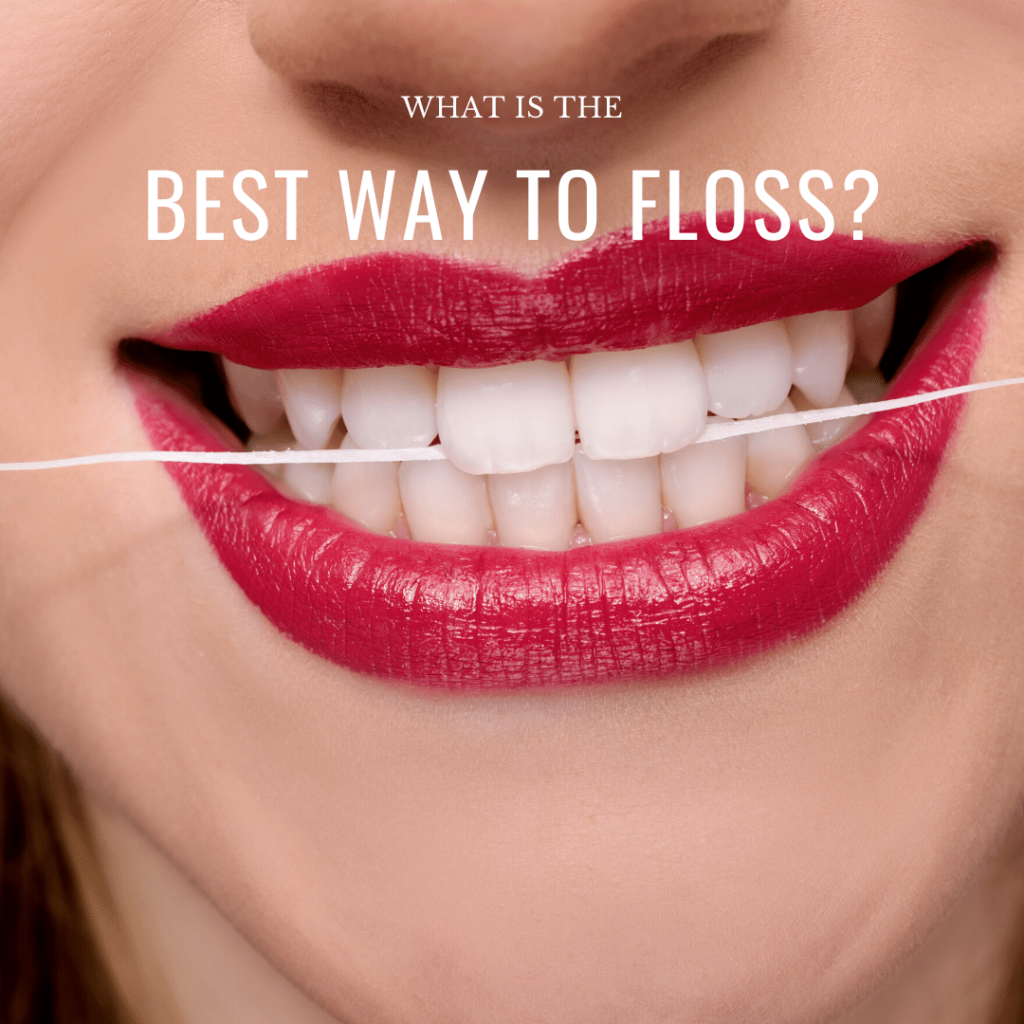If you’re like most people, you probably don’t floss as often as you should. It’s an easy task to put off, especially when you’re busy or tired. However, flossing is one of the most important things that you can do for your oral health. In this blog post, we will discuss the importance of flossing and how to do it properly! Follow these simple steps and you’ll be on your way to healthy teeth and gums!
Flossing is important because it removes plaque and bacteria from your teeth and gums. Plaque is a sticky film of food debris, saliva, and bacteria that forms on your teeth. Plaque that is not removed by brushing and flossing can harden into tartar. Both plaque and tartar can lead to gum disease, an infection of the gums that can damage the soft tissue and bone that support your teeth.

The first step is to choose the right type of floss for you. There are many different types of floss available on the market, so it’s important to find one that suits your needs. If you have crowded teeth, look for a thin floss. If you have wide gaps between your teeth, choose a thicker waxed floss. Once you’ve chosen the right floss, cut off a length that’s about 45 cm long. This will give you enough floss to work with.
The next step is to find a comfortable way to hold the floss. The best way is to take the extra floss and wrap it around your middle fingers, leaving about two inches of floss between them. Then you can use your index fingers and thumbs to hold and move the floss.
Gently insert the floss between your teeth and use a back-and-forth motion to clean the sides of your teeth. Be careful not to snap the floss into your gums – this can cause pain and irritation. When you reach the gum line, you will also need to curve the floss into a C shape so that it can fit between the gum and tooth surface.
Be sure to repeat these steps for each tooth, including the teeth in the back of your mouth. When you’re finished flossing, throw away the used floss and rinse your mouth with water. You may also want to brush your teeth afterwards.
There are a few additional tips that can make flossing easier.
- If you have trouble holding the floss, try using a floss holder. This will help you get a good grip on the floss and avoid frustration.
- If your gums bleed when you floss, don’t worry – this is normal, especially if you haven’t been flossing regularly. Just be gentle and increase the frequency of your flossing gradually.
- Finally, if you have braces or other dental devices, there are special flosses available that can help you clean those hard-to-reach areas. For example, floss threaders or water flossers. Ask your dentist for more information.
Flossing may not be the most exciting task, but it’s definitely worth the effort. A few minutes of flossing each day can make a big difference in your oral health! So what are you waiting for? Get out there and start flossing!
If you have any questions about flossing or oral health in general, please feel free to contact our office. We’re always happy to help!

Dr. Admar holds dual certificates — a Bachelor of Dental Surgery (BDS) in 2010 from India and a Doctor of Dental Surgery (DDS) in 2014 from Canada. He is now a full time practicing dentist in Kamloops where he provides a variety of services, including emergency dentistry. Dr. Admar spends hundreds of hours in continued dental education to stay up to date in cosmetic and implant dentistry and he has achieved several advanced qualifications.


